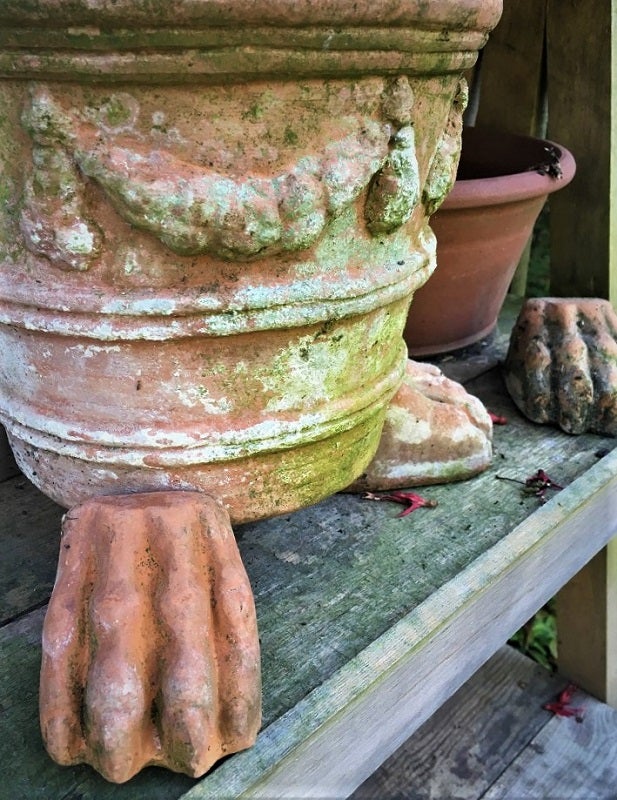Selecting the right plant
Published 4:06 pm Monday, April 1, 2019

- Sheri Bethard, Master Gardener
By Sheri Bethard
Certified Texas Master Gardener
Now that spring is springing or in most areas has sprung, we are all itching to get out in our yards working on our gardens. Some of you have already been out working on yours for several weeks now and that is great.
Now that I have some free time since our plant sale is past and I want to thank everyone who participated from our customers to our vendors and most importantly to our Master Gardeners who were there helping everyone select their plants. Sorry, the checkout line was long at first and some of you had to wait, we were not expecting such a crowd but thanks again to everyone who came and made this year one of the BEST EVER!
OK, on to gardening. If you are still wondering what to get for your gardens, here is a short lesson in selecting the right plant. Before you go shopping, have a plan in mind what you want to do and where on your property.
You may not realize it but your little piece of heaven has a number of microclimates. Some being areas where it is shady, cooler and more humid, others are sunny, hotter and dry and then some that get some sun and shade but are neither very moist or very dry. When choosing plants you need to consider where you plan on placing your plants You don’t want to put a plant meant for the sun in the shade and vice versa. Neither plant will do well. Also, up against a wall will be hotter than in the open as the wall absorbs heat.
Try to have a plan when you go shopping, do you want plants for the sun, shade or those getting partial sun and shade.
In the sun/shade mix areas does it get morning sun/afternoon shade or morning shade/afternoon sun? This also makes a big difference in how well a plant will do, as the afternoon sun is hotter than the morning sun.
There are many websites that can guide you as to what the plant’s needs are. For example: search for perennials for sun or annuals for shade and you will get a list of selections. Our website has a section on Plant and Insect Information which will list Perennials for both sun and shady areas in Orange County.
When shopping, to help determine if the plant you are interested in will work in the area you would like to put it, there are “plant tags”.
On these tags are a wealth of information, such as the zone the plant will grow well in, type of light the plant needs, water requirements, height and width of the plant, common and scientific names, fertilizer information, and additional care information.
Sometimes there is a QR code you can scan for more information. And almost always there is a picture of the plant in its blooming form if it blooms.
Orange County is in Plant Hardiness Zone 9a. Some plants listed for Zone 8 will grow here also, but others may not due to our humidity. I will explain more about this next week.
Now you are home and ready to plant. When laying out your plants, put the taller ones in the back, then medium-sized and smaller in the front.
You don’t want your small plants hidden by the larger plants. Dig your holes a little larger than the pots to give the roots loose soil to grow into. When removing plants from their pots, don’t pull them out by the stems, pat the bottoms to loosen the soil in the pot and gently shake them out. You might have to push on the sides to help loosen the roots from the inside of the pot.
Loosen the roots so they will want to spread into the new soil and loosely fill the holes.
After you have planted all the plants, give them a good deep watering making sure the soil around them is settled in the holes. Add more soil if needed.
With the wind we have been having in the afternoons, you might have to lightly spray the leaves to keep them moist until they are established.
Happy Gardening!





